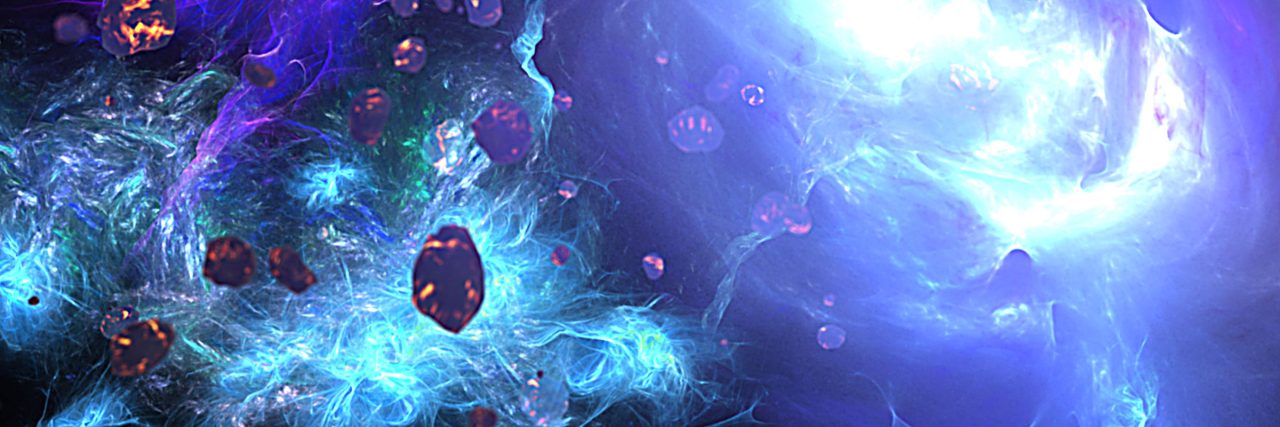Using a nebulizer
A nebulizer is a machine that blows air, or oxygen, through a solution of medication such that it “nebulizes” the solution for inhalation. Put simply, it is like breathing in a mist that contains the medication.
We commonly use nebulizers to administer medications for asthma. A nebulizer is easier to use than inhalers in order to get a full dose of medication. We also use nebulized acetylcysteine for mucous thinning. And it allows custom mixes such using peroxide or glutathione.
Peroxide to help kill pathogens
We recommend using nebulized hydrogen peroxide early during course of pulmonary infections to help prevent viral / pathogen replication. The nebulization has been shown to be extremely effective for the rapid elimination of pathogen presence in the sinuses, nose, throat, and deep into the lungs.
The Peroxide needs to be diluted with saline. Do not use regular water. I recommend diluting it down to 0.1%. Use only food grade hydrogen peroxide. Your dilution will stay fresh for a month or so.
Other docs use different concentrations. For example, Dr Brownstein recommends diluting it to 0.04%, while Tom Levy recommends 3% and higher.
You could make your own saline by mixing one teaspoon of unprocessed salt into a pint of water. This will give you approximately a 0.9% saline solution.
Hydrogen peroxide is unstable and light sensitive, and therefore it is difficult to maintain a solution at a specified concentration. Commercial hydrogen peroxide is packaged in an opaque bottle, usually a brown color, to shield the peroxide molecules from light. The concentration of commercial hydrogen peroxide is usually 3%.
To make a 0.1% solution for nebulization combine 1 part 3% peroxide to 30 parts saline. For example, starting add 1/4 tsp of peroxide to 8 tsp saline (technically this is 32 parts saline…). To make a larger batch, use 1 tsp peroxide and 10 tbs saline.
Nebulzation takes 10-15 minutes and may be repeated every hour or so.
Gluthatione to ease inflammation and facilitate healing
In the later phases of pulmonary infection, past the point of active viral replication, we avoid peroxide given it’s oxidative nature. At this point we need antioxidants to help clear up inflammation and promote healing. This is where glutathione comes in.
Glutathione is only available by prescription. We start with 1 mL glutathione (200mg) mixed with 4mL saline to nebulize 1-2x/day. If tolerated well, may titrate dose up to 3 mL (600mg).
Nebulization of glutathione and N-Acetylcysteine as an adjuvant therapy for COVID-19 onset


